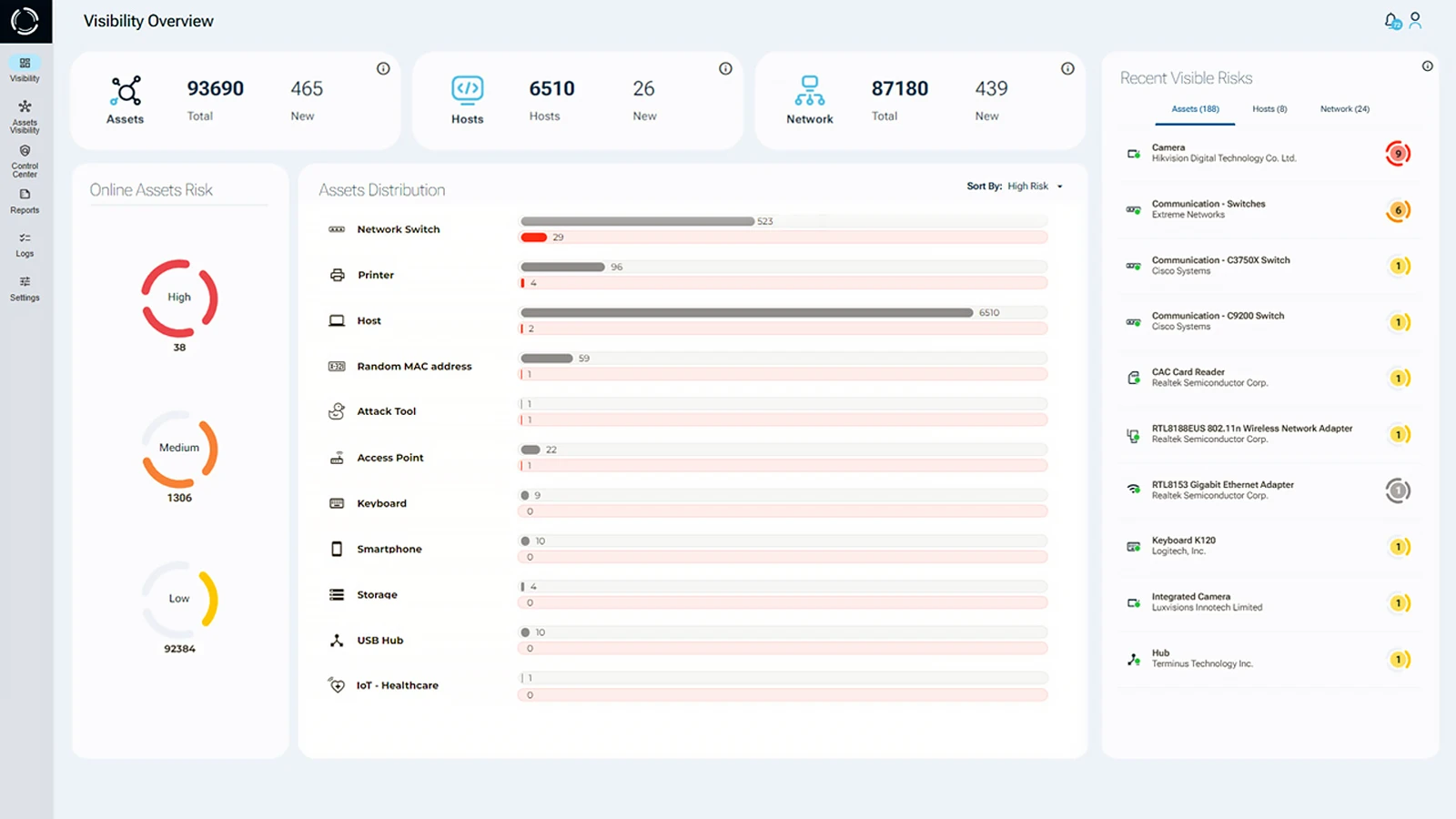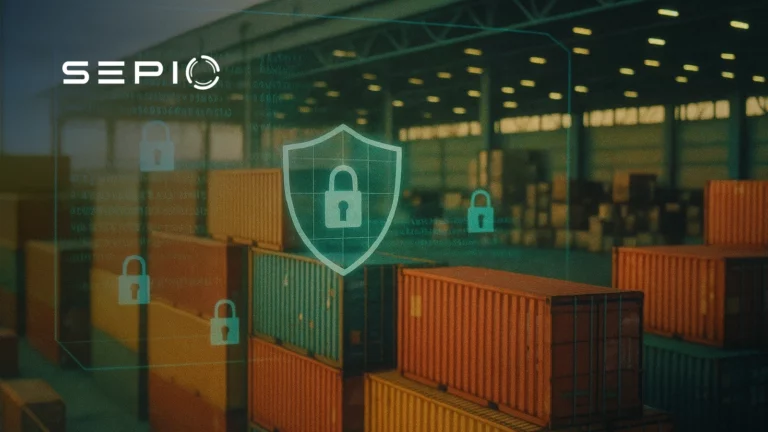What are Supply Chain Cyber Security Threats?
Supply chain cyber threats are cybersecurity risks that target an organization through its vendors, partners, or third-party service providers. Rather than attacking a company directly, cybercriminals exploit vulnerabilities in its extended supply chain, often the weakest link, to gain unauthorized access, inject malicious code, or disrupt operations.
Because modern businesses depend on a complex web of digital and physical suppliers, even a single compromised link can cause widespread consequences, ranging from data breaches and operational downtime to reputational damage and financial loss.
Do You Really Know Who You’re Doing Business With?
Let’s ask a crucial question: Who has access to your sensitive information? Who is sharing it? And is that information being passed along to other suppliers?
If you’re unsure, you’re not alone. Many organizations struggle to fully understand their exposure to supply chain cyber threats. A survey conducted by the Ponemon Institute found that only 35% of companies had a complete list of all third parties with whom they shared sensitive information. Even more concerning, only 18% knew whether those vendors were sharing that data with others.
The Growing Risk of Third-Party Breaches
The same survey revealed that 56% of organizations experienced a security breach due to a vendor. The average number of third parties with access to sensitive information has risen from 378 to 471, largely due to globalization. With many companies using third-party hardware, vulnerabilities in the hardware supply chain have increased. These third-party relationships leave room for cyber threats in the supply chain, as hardware often passes through several hands before it reaches the end user.
Common Supply Chain Cyber Security Threats
Cybercriminals are increasingly using hardware attack tools to execute malicious actions in the supply chain. Threats include:
- Spoofed Peripherals: These devices mimic legitimate devices, avoiding detection by existing security measures.
- Network Implants: Operating at the physical layer, these implants go undetected by traditional security software.
- Rogue Devices: Covert devices embedded with malware enter through third-party suppliers, allowing attackers to access sensitive data.
As supply chain cyber security threats become more sophisticated, organizations must prioritize hardware cybersecurity to mitigate risks.
The Importance of Hardware Cybersecurity
Economic downturns and budget constraints have led to a decline in security validation and the use of authorized resellers. As a result, companies are sourcing hardware from less familiar manufacturers, increasing the risk of compromised devices entering their supply chains. Every third-party vendor introduces potential security risks, making it crucial to enforce strict access policies and implement robust risk management strategies.
As Edna Conway, Chief Security Officer for the global value chain at Cisco Systems, put it:
“We worry about manipulation, we worry about espionage, both nation state and industrial level, and we worry about disruption.”
A single compromised device can serve as an entry point for cybercriminals. Whether due to malicious intent or negligence, supply chain cyber threats can lead to devastating consequences. Ensuring that suppliers have strong cybersecurity practices in place is just as important as securing your own organization’s infrastructure.
Securing the Hardware Supply Chain with Sepio
To mitigate supply chain cyber threats, organizations need comprehensive visibility and control over their hardware assets. Sepio’s platform offers a comprehensive solution for detecting malicious assets in enterprise environments and infrastructure. The platform’s Asset Risk Management (ARM) framework integrates zero trust principles, ensuring every device is scrutinized.

Key Features of Sepio’s Asset Risk Management (ARM) Framework:
- Comprehensive Asset Visibility: Sepio utilizes the physical layer to detect and identify all network assets, ensuring no device is left unmonitored. Each asset is assigned a risk score, combining visibility with actionable intelligence to assess and manage risks effectively.
- Robust Policy Enforcement: Sepio’s suggests optimal policy practices tailored to the specific needs and context of the enterprise. Administrators can establish either stringent or detailed rules to control hardware access, supporting a zero trust approach. Upon detecting policy violations, Sepio automatically initiates mitigation procedures, preventing unauthorized hardware access instantly.
Gain Control Over Supply Chain Cyber Threats
Managing supply chain cyber security threats requires a proactive approach. Sepio’s platform provides the visibility, control, and protection needed to secure your organization against supply chain cyber threats. Schedule a demo with a Sepio expert today to understand how to strengthen your asset risk management and protect your hardware supply chain effectively






